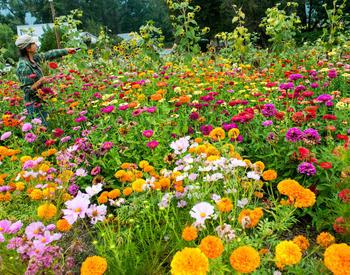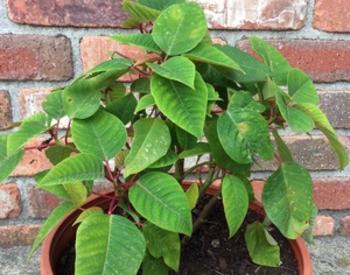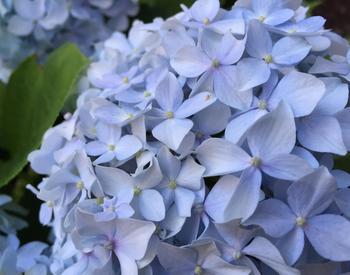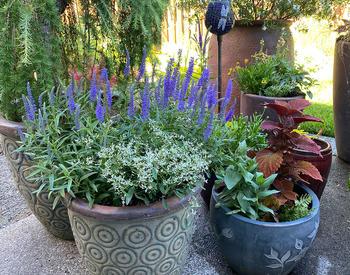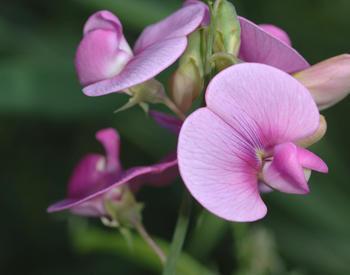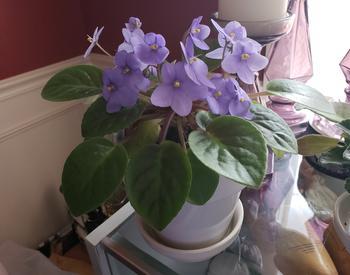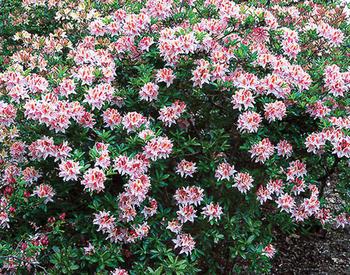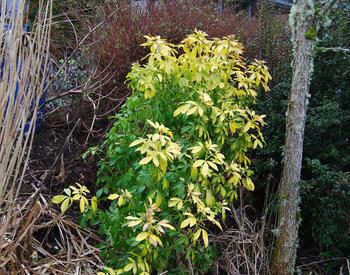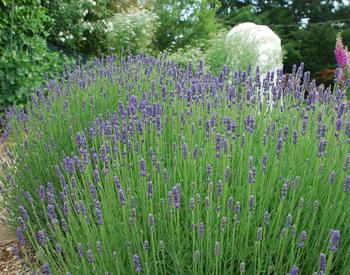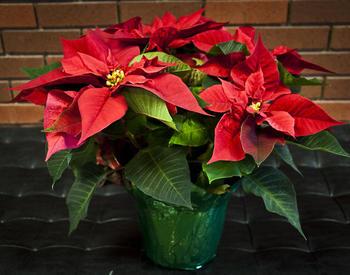Annual morning glory (Ipomoea spp.) is a quick-growing flowering vine that thrives in warm sunny spots. Their large flowers open in the morning to the delight of the early bird gardener. But just mentioning the name "morning glory" can cause concern among some. If you’ve lived in warmer areas of the United States, you might know annual morning glory as a nuisance weed. And the hard-to-manage weeds called bindweed (Convolvulus arvensis) and hedge bindweed (Calystegia sepium) share the common name of "morning glory," but are very different plants.
One of the most noticeable differences between bindweed and annual morning glory is their growth habits. Both are vines with trumpet-shaped flowers but behave very differently in the garden. Bindweeds are perennial and spread through underground roots (up to 9 feet deep!). It can grow in a variety of soil types and is often found in fields, gardens and along roadsides. Bindweed plants tend to grow along the ground or in low-lying plants like vegetables, grass, herbs, and shrubs. Bindweed can be incredibly difficult to manage.
Here in Oregon, annual morning glory plants won’t survive a frost, and vine growth is limited by the shorter growing season. Annual morning glory grows from seed and the plants may self-sow. This means that seeds produced by the previous year’s plant will sprout and regrow in the same place. The seeds can survive in the soil for several decades so may show up in the same area for years. Luckily, unwanted seedlings are easy to control by hand-pulling.
The leaves and flowers of the two plants are also different. Bindweed leaves are arrow-shaped and smaller than the leaves of annual morning glory (see photo). Annual morning glory leaves are large and heart-shaped. Bindweed flowers are white or pink and about 1 inch across.
Annual morning glory flowers are larger (2-6 inches across depending on the cultivar). The flowers come in various colors, from blue to red and purple to pink and white. Annual morning glory blooms from early summer until the first frost.
How to grow annual morning glory:
- Choose a site that receives full sun and has well-draining soil. Annual morning glory also grows well in containers.
- Make sure there is a trellis or fence for the plants to climb. Annual morning glory vines can grow up to 15 feet long depending on the cultivar.
- Annual morning glory is a heat-loving plant, so wait until the soil warms up to at least 60 F. Then, plant the seeds directly in the soil about ¼” deep. Keep the soil moist.
- Once past the seedling stage, the plants tolerate dry soil but appreciate irrigation during heat waves.
Cultivars of annual morning glory to try:
- Heavenly Blue (4- to 5-inch blue flowers)
- Scarlett O’Hara (4-inch red flowers)
- Flying Saucers (5- to 6-inch variegated blue and white flowers)
- Grandpa Ott’s (2- to 3-inch deep purple flowers with a red center)
- Zeeland Hybrid (mix of pink, purple, white, and variegated flowers)
